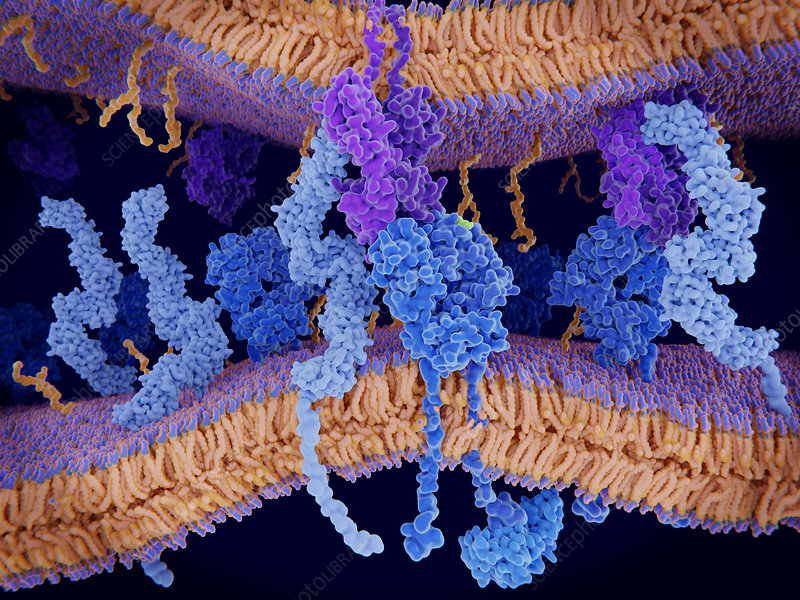In a recent study, the scientists at UT Southwestern have developed a new method to study the molecular characteristics of T cells. The method, published on Nature Methods, makes it easier for researchers to analyze the role of the T cell receptor (TCR). This can lead to a better understanding of how T cells work and new ways to use T cells to fight disease.
Although some immune cells can attack different pathogens at the same time, T cells are more targeted because each individual T cell has a unique set of T cell receptor (TCR) on its surface. Each T cell receptor usually recognizes only one specific molecule or antigen, for example, one TCR may bind to only one protein found in lung cancer, while the other TCR may bind to only one influenza virus. When a T cell encounters an antigen that binds to one of its TCR, it is activated, triggering an immune response. In order to defend against a variety of potential invaders, there are millions of different kinds of T cells in the human body.
Scientists have tried to delve deeply into different T cells and TCRs, but so far, they have been hindered by the lack of functional information about various TCRs. In general, they believe that similar-looking TCRs must bind to similar antigens, and that all TCRs activate T cells in a similar way.
In response, the team developed a statistical model that combines two existing techniques: TCR analysis, used to measure human TCR diversity, and single-cell RNA sequencing, used to identify specific genes in T cells. Combining these technologies has always been a challenge because they generate thousands of data per experiment, and the data appears in two different forms. The new model, called Tessa, uses powerful statistical methods to bridge the gap. Tessa reveals what happens when the TCR of a single T cell recognizes antigens and how TCR affects the function of T cells.
The researchers used Tessa to study 100,288 T cells from healthy people and cancer patients. In cancer patients, they found that the diversity of TCR in T cells had a weaker effect on T cell function than on healthy patients. This may be because a large number of other immune molecules secreted into the tumor microenvironment affect the activity of T cells in other ways. The findings may have implications for scientists who design immune-based cancer treatments and provide an entirely new way to use single T cell sequencing data. In addition, Tessa can help identify the most promising TCR, for TCR-based personalized immunotherapy, and better define the productive immune response to guide the identification of the best immunotherapy strategy.

